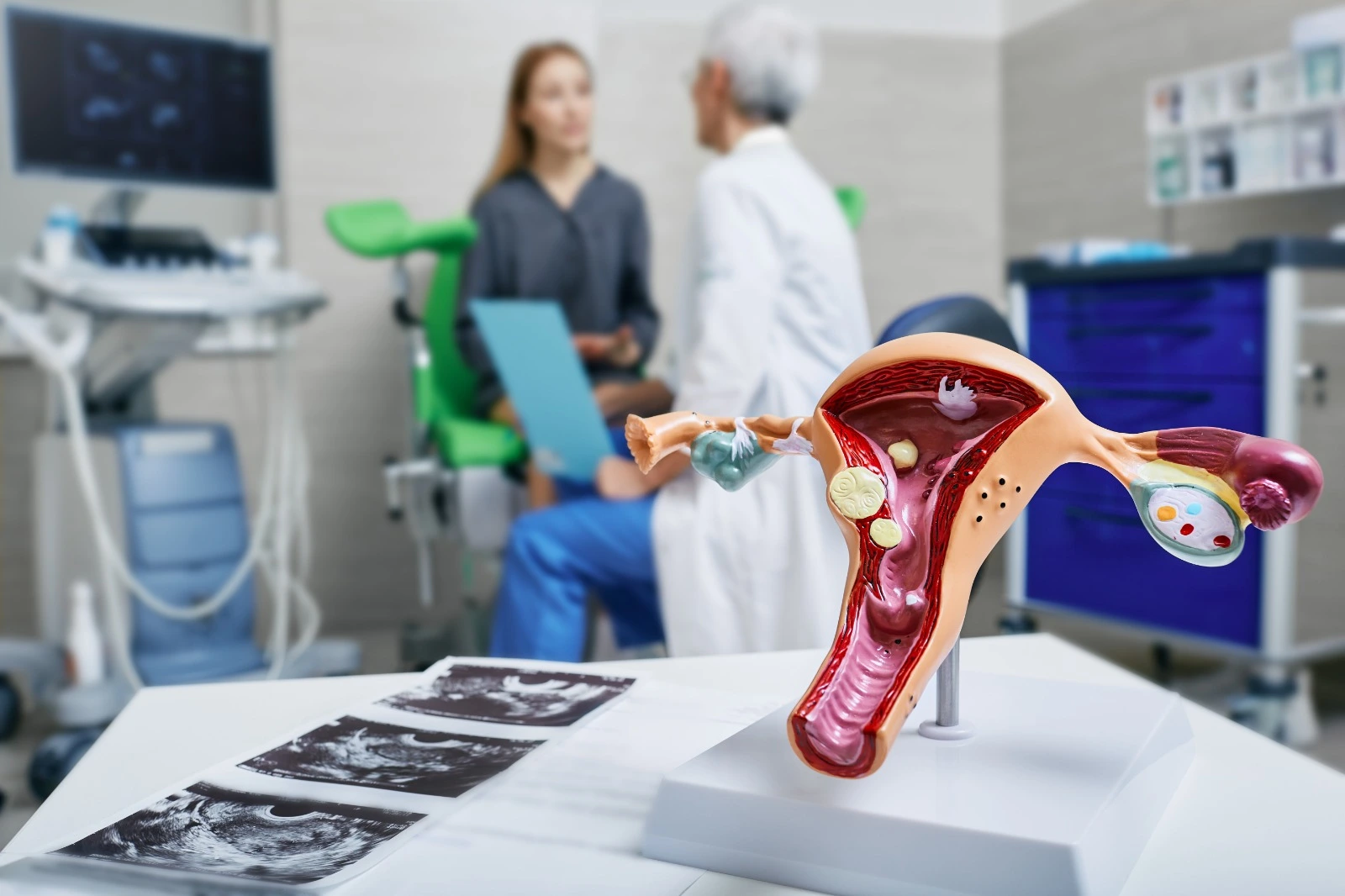
Hysterectomy: A Complete Guide to the Procedure, Recovery, and Life After – Everything You Need to Know
When women hear the word hysterectomy, the first feelings are often fear or uncertainty. It’s understandable — surgery involving reproductive organs can feel deeply personal.
But the truth is, for many women, a hysterectomy can be life-changing in the best possible way — bringing relief from pain, regaining freedom, and improving quality of life.
This article will walk you through everything you need to know — from what it is, why it’s done, recovery tips, myths, and an inspiring real-life story of a woman named Pooja who went through the journey and came out stronger than ever.
What is a Hysterectomy?
A hysterectomy is a surgical procedure to remove the uterus (womb). Depending on the reason for surgery, it may also involve removing other reproductive organs such as the cervix, fallopian tubes, or ovaries.
Once the uterus is removed, periods stop permanently, and pregnancy is no longer possible.
Far from being a rare procedure, hysterectomy is one of the most common surgeries for women worldwide, often performed to improve health and daily life.
Why Do Women Have a Hysterectomy?
Doctors may recommend it for various medical reasons, such as:
Fibroids – Non-cancerous growths causing pain, heavy bleeding, or pressure.
Severe Endometriosis – Tissue similar to the lining of the uterus growing outside it.
Chronic Pelvic Pain – Pain not relieved by other treatments.
Uterine or Cervical Cancer – To remove cancerous tissue.
Prolapsed Uterus – When the uterus drops into the vaginal canal.
Pooja’s Story – Part 1: Living with the Problem
Pooja, 38, was a schoolteacher and mother of two. Over the years, she began experiencing unusually heavy periods and abdominal pain that kept her awake at night. She’d miss classes, cancel outings, and often feel drained by midday.
After multiple tests, her doctor diagnosed her with large fibroids. Medications helped a little, but the symptoms always returned. She began avoiding social events, and her family noticed how much her spark had faded.
Types of Hysterectomy
Hysterectomies can vary based on how much tissue is removed:
Total hysterectomy – Removes uterus and cervix.
Subtotal (partial) hysterectomy – Removes uterus, keeps cervix.
Radical hysterectomy – Removes uterus, cervix, and surrounding tissues (often for cancer).
Surgical Approaches:
Abdominal hysterectomy – Open surgery via an abdominal incision.
Vaginal hysterectomy – Done through the vagina, no external scar.
Laparoscopic or Robotic hysterectomy – Minimally invasive, smaller incisions, faster recovery.
Pooja’s Story – Part 2: Deciding on Surgery
After months of weighing her options, Pooja’s doctor suggested a laparoscopic hysterectomy. She was scared — would she feel different? Would she recover quickly?
Her gynaecologist reassured her: “Think of this as giving yourself a new lease on life.”
With her family’s support, Pooja agreed.
Before, During & After Surgery – What to Expect
Before Surgery:
Blood tests, imaging scans
Pre-op diet instructions
Discussing anaesthesia options
During Surgery:
Procedure takes 1–3 hours
General anaesthesia is used
After Surgery:
1–3 days in hospital (less for minimally invasive)
Pain managed with medication
Gentle movement encouraged to prevent clots
Pooja’s Story – Part 3: Recovery and Transformation
The first week was tough — mild discomfort, moving slowly — but Pooja followed her recovery plan.
By week 3, she could walk longer distances and was sleeping better than she had in years. By week 6, she was back to teaching full-time, free from the pain that had shadowed her for so long.
Her words: “I didn’t lose anything — I gained back my life.”
Recovery Timeline & Tips
Week 1–2: Rest, short walks, avoid lifting heavy objects.
Week 3–4: Increase activity slowly, eat nutrient-rich foods.
Week 5–6: Resume most daily activities (with doctor’s approval).
Beyond 6 weeks: Light exercise, rebuilding strength.
Nutrition After Hysterectomy
Eat: Protein-rich foods (fish, chicken, lentils), leafy greens, fresh fruits, whole grains.
Avoid: Processed junk foods, excessive sugar, carbonated drinks.
Stay hydrated: Water and herbal teas help healing.
Exercise & Lifestyle After Surgery
Gentle walking from week 1
Yoga or stretching from week 6 (if cleared by doctor)
Avoid high-impact workouts until fully healed
Myths vs Facts
Myth: Hysterectomy always causes menopause.
Fact: Only if ovaries are removed.Myth: It ruins your sex life.
Fact: Many women report improvement due to pain relief.Myth: Recovery takes months.
Fact: Most women recover in 4–6 weeks.
Final Thoughts
Hysterectomy is not an “ending” — it can be the beginning of a healthier, more comfortable life. Like Pooja, many women find that their energy, confidence, and joy return after the surgery.
SOME EXPERT LINKS FOR YOU –
John Hopkins Medicine: Hysterectomy
Cleveland Clinic: Hysterectomy: Surgery, Types, Side Effects & Recovery
ACOG: 7 Things You Didn’t Know About Hysterectomy
FAQs
Your doctor will recommend it only if other treatments — like medication, hormonal therapy, or minimally invasive procedures — haven’t worked or aren’t suitable for your condition. If your symptoms severely affect your quality of life and there’s no other lasting solution, it may be time to consider it.
Total hysterectomy: Removes uterus and cervix.
Partial (subtotal) hysterectomy: Removes uterus but keeps cervix.
Radical hysterectomy: Removes uterus, cervix, surrounding tissues, and sometimes part of the vagina (usually for cancer).
Not necessarily. Menopause occurs only if both ovaries are removed. If your ovaries are kept intact, they’ll still produce hormones, and you’ll go through menopause naturally at your body’s own time.
Yes! Many women find intimacy improves because they no longer have pain, heavy bleeding, or pelvic discomfort. It’s important to allow full healing (usually 6–8 weeks) before resuming sexual activity.
For minimally invasive surgery, most women return to light activities in 2–3 weeks and full activities in 4–6 weeks. Abdominal surgeries may take longer. Always follow your doctor’s advice for lifting, exercise, and work.

Rini Ghosh




